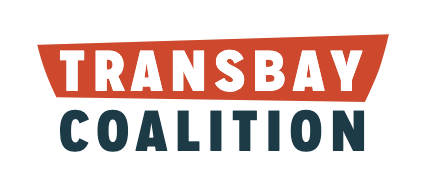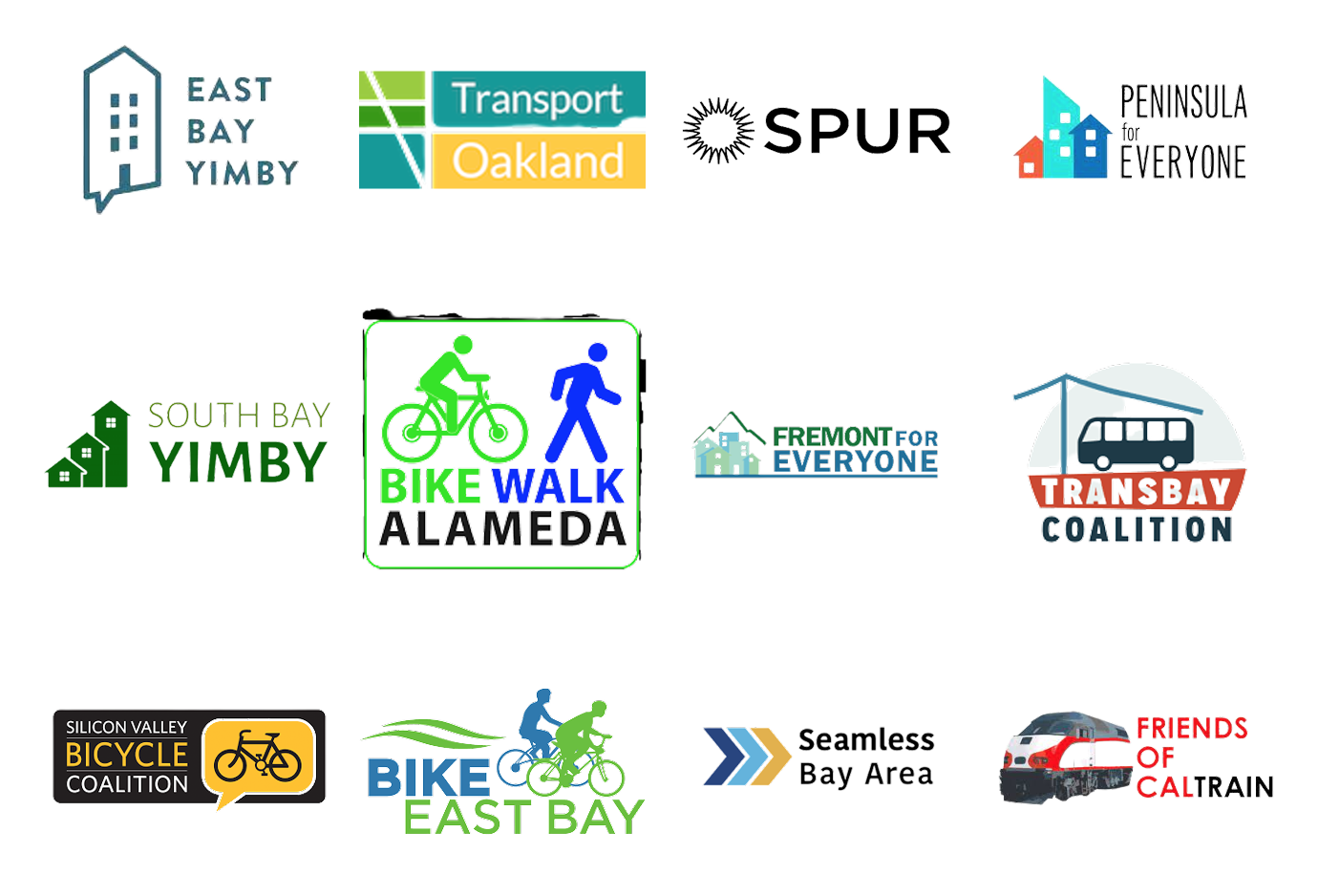Where do candidates for local office stand on sustainable transportation policy issues that could improve, walking, biking, and transit access and safety? The Sustainable Transportation Candidate Questionnaire was developed by a dozen Bay Area advocacy groups to answer that question. It was was sent to hundreds of candidates across the San Francisco Bay Area in September 2022 so that voters could be more informed.
This first-ever questionnaire got a huge response – 155 candidates for office from 60 jurisdictions in 5 counties around the San Francisco Bay Area responded. Their responses are now available in this Google Drive link, sorted by county and jurisdiction. The data can also be downloaded as a spreadsheet here, if community groups wish to republish responses on their websites or compare responses more easily from different candidates.
Or, click on the following links to navigate to responses in each of the five largest Bay Area counties:
- Alameda County Candidate Responses
- Contra Costa County Candidate Responses
- San Francisco County Candidate Responses
- San Mateo County Candidate Responses
- Santa Clara County Candidate Responses
Distribution of the questionnaire was led by the twelve partnering groups, and attempts were made to reach every candidate in the region though not all candidates could be reached. All completed, returned questionnaires were published. Candidates who missed the deadline are invited to publicly post their answers to the questionnaire.
The following were the 9 questions included the questionnaire:
- What forms of transportation, including transit and active transportation (bicycling, walking, scooters, wheelchair), do you use on a regular basis and for what types of trips?
- Transportation is the largest single source of carbon emissions in California, and in the Bay Area, and the largest share of transportation emissions come from single occupancy vehicles. What do you see as the quickest and most cost-effective way to achieve substantial reduction in transportation-related GHG emissions? And if elected, what actions would you prioritize to bring about a substantial reduction in transportation emissions?
- Traffic violence and deaths in California are increasing annually; in 2021, 4,258 people died in vehicle crashes, a 10.7% increase from the prior year. If elected, what will you do to reverse the trend, increase street safety, save lives and reduce injuries in our community? What policies or specific projects would make the greatest impact?
- Transportation planning in many Bay Area communities focuses on serving commute hour trips, to work, to school, which often benefits middle class and more wealthy commuters, and gives less priority to improving travel options for everyday trips, particularly for low income people and people of color. What changes are needed to improve mobility in lower-income communities and what concerns do you have that such changes could impact regional transportation priorities?
- In what circumstances do you support removing parking or repurposing vehicle travel lanes to create safer and more efficient bus, biking, and walking options? How do you propose balancing the demands of different interest groups who may disagree on how streets should be designed?
- What do you think are the most important actions that can be taken to make public transit safe and accessible for all communities?
- What three specific streets or corridors in your community should be priorities for improvements that would reduce traffic violence, incentivize sustainable transportation, or both? What specific improvements would you support (e.g. adding bike facilities, reducing speed limits, widening sidewalks, repurposing travel lanes as transit priority lanes, conversion to ‘slow streets’) – and how can improvements be completed quickly and efficiently?
- Public transit in the Bay Area is highly fragmented, with 27 transit agencies, each with different fares, schedules, branding, and customer information. This keeps ridership low, and low income and transit-dependent people are particularly burdened. Polling indicates that 89% of the public supports legislation to create ‘“one seamless, multimodal transit system…with consistent mapping and signage and regional fares”; and 83% support combining BART and Caltrain into an integrated system. Do you believe it should be a priority for the region to create an integrated transit system? And as an elected leader or potential member of a local transit agency board, would you support state legislation that advances a more integrated, high ridership system, even if it diminishes local control?
- How would you support transit-oriented development in your community, and what specific policies should be prioritized to ensure that newly built projects promote sustainable and equitable mobility. (Examples: ‘unbundled’ parking, a transportation demand management ordinance, congestion pricing). Are there any specific planned TOD projects in your community/district that you have opinions about?Are you running in any of the following specific races?
The Sustainable Transportation Candidate Questionnaire is a project of partners, including Seamless Bay Area, Silicon Valley Bicycle Coalition, Bike East Bay, Transport Oakland, Walk Bike Alameda, Friends of Caltrain, Peninsula for Everyone, South Bay YIMBY, East Bay YIMBY, Fremont for Everyone, Transbay Coalition, and SPUR.
For Questions, please contact Carter Lavin, Transbay Coalition Info@transbaycoalition.org

